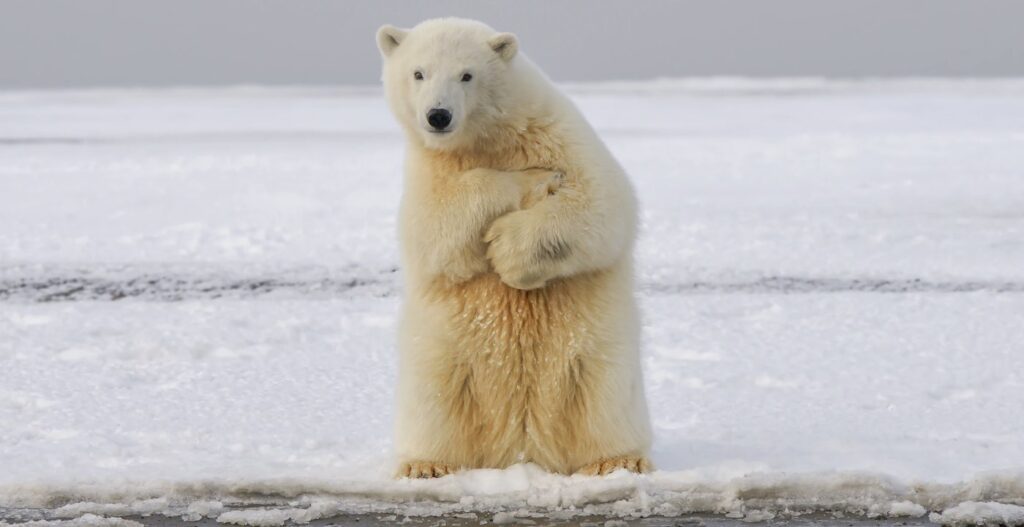
Reprinted via EarthTalk®, From the Editors of E – The Environmental Magazine
Dear EarthTalk: The Endangered Species Act has been around for five decades. How successful has it been in protecting and restoring threatened and endangered species? – A.J. Munson, Bern, North Carolina
The Endangered Species Act (ESA) has been successful in preventing the extinction of hundreds of wildlife species and in promoting the recovery of thousands more since its inception in 1973.
Some of the species that have successfully recovered and been removed from the list of threatened and endangered species include American alligators, gray wolves, bald eagles (which soared off the list in 2007), peregrine falcons (the fastest animal on Earth), and humpback whales, which leapt off the list over a decade ago.
According to the Center of Biological Diversity, a leading nonprofit with the simple mission of “saving life on Earth,” the ESA has protected more than 1,600 species in the U.S., preventing the extinction of 99 percent of the species listed under it.
Hundreds of species would have gone extinct
Without the ESA, at least 227 species would likely have gone extinct by now since the law’s passage in 1973. In addition, 110 species have seen tremendous recovery since being protected by the act.
The ESA also supports conservation outside the U.S., as the federal government uses the law to enforce the Convention on International Trade in Endangered Species (CITES), a global agreement between nations to regulate trade on species under threat. Examples of the ESA’s reach beyond U.S. borders is in helping save giant pandas as well as several species of tiger.
However, it’s important to note that some species have not recovered as expected, despite being protected under the Act, especially in more recent years. There are many factors that can affect the success or failure of recovery efforts—including habitat loss, climate change, and disease.

But researchers from Columbia and Princeton concluded in their October 2022 study that one threat looms even larger: lack of adequate funding for conservation efforts.
Since 1985, ESA funding has decreased by almost 50 percent when measured on a per species basis. Furthermore, they uncovered that the average wait time for a species to be listed has almost doubled over the decades from 5.9 years during the 1990s to some 9.1 years more recently. The upshot is that by the time a species receives protection, it may have already reached a point where the ESA may be ineffective.
But, the ESA, which is managed by the US Fish and Wildlife agency, has played a crucial role and continues to be a key tool for protecting and recovering these species. This groundbreaking piece of legislation, now in its 50th year, has done incredible things for American wildlife.
SEE MORE SPECIES SAVED: Endangered Species Act Turns 40, With Hundreds of Comeback Stories
It continues to protected precious species of plants and animals, bringing them back to sustainability.
EarthTalk® is produced by Roddy Scheer & Doug Moss for the 501(c)3 nonprofit EarthTalk. See more at emagazine.com. To donate, visit Earthtalk.org. Send questions to: [email protected].
HAIL This Government Successes by Sharing With Earth Lovers on Social Media…




















